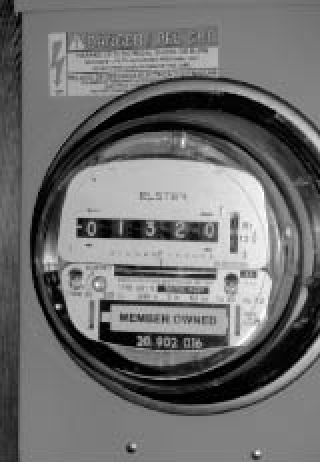How it works for you
Solar energy is such an amazing resource. Besides lifting our spirits, growing our gardens, even cooking our food, it can heat our domestic water, and provide electricity for our home, business, and community. Why isn’t everyone using this clean, abundant, sustainable energy?
Solar electric systems can bring significant reductions to energy bills in our homes, businesses, and community. As an energy source, it doesn’t pollute the environment and helps reduce CO2 and greenhouse gases in the atmosphere.
The electrical rates in this county have been climbing by five percent in past years while the Northwest has averaged a 13 percent increase. With “Tier Two” price increases imminent, now is the time to reduce our electrical load through renewables and conservation. Solar electricity is a key component for a future success.
Solar electric systems use photo voltaic (PV) modules, solar panels, to produce electricity. There are no moving parts and the systems are virtually maintenance free. When you connect to the utility grid, the systems do not require batteries and also allow homeowners to earn money for all of the electricity they produce. You literally create your own energy and are compensated by at least twice the value that you pay for it!
When you produce more than you consume, you can have fun watching your meter spin backwards and wait for the credit to appear on your next month’s bill.
This is proven technology that works. As soon as you install a system, it begins to pay for itself by reducing your electrical bills and capitalizing on incentives which help offset your installed costs.
Modules are warranted for 20-25 years and can continue producing for twice that long. In 25 years, a typical three kW solar array (about 300 square feet) can produce 75,000 kilowatt hours of electricity. Solar is a safe place to put your money with a return on investment of five-15 percent
These systems require a high initial investment, but payback can be between seven to nine years depending on the incentives available. A 3 kW array can have an initial cost from $20,000-$25,000. New solar arrays currently qualify for a federal tax credit of 30 percent with no cap. Washington state will pay grid-tied systems $0.15-$0.54 per kW/hour, or up to a total of $5,000 for residences and businesses. A 3 kW system will receive an annual payment from the state from $450-$1,600. State Net Metering allows your meter to run backwards with net excess generation credited to the following month.
While initial affordability diminishes the enthusiasm of some home and business owners, by taking advantage of some or all of the new state and federal incentives, the reality of using the sun to power your home or business is suddenly feasible. It’s also in OPALCO’s interest to encourage solar production, so we can expect further incentives as well. We want a community working towards energy interdependence.
Solar energy, a clean, renewable, abundant energy resource, is available to everyone to help meet our goals.



